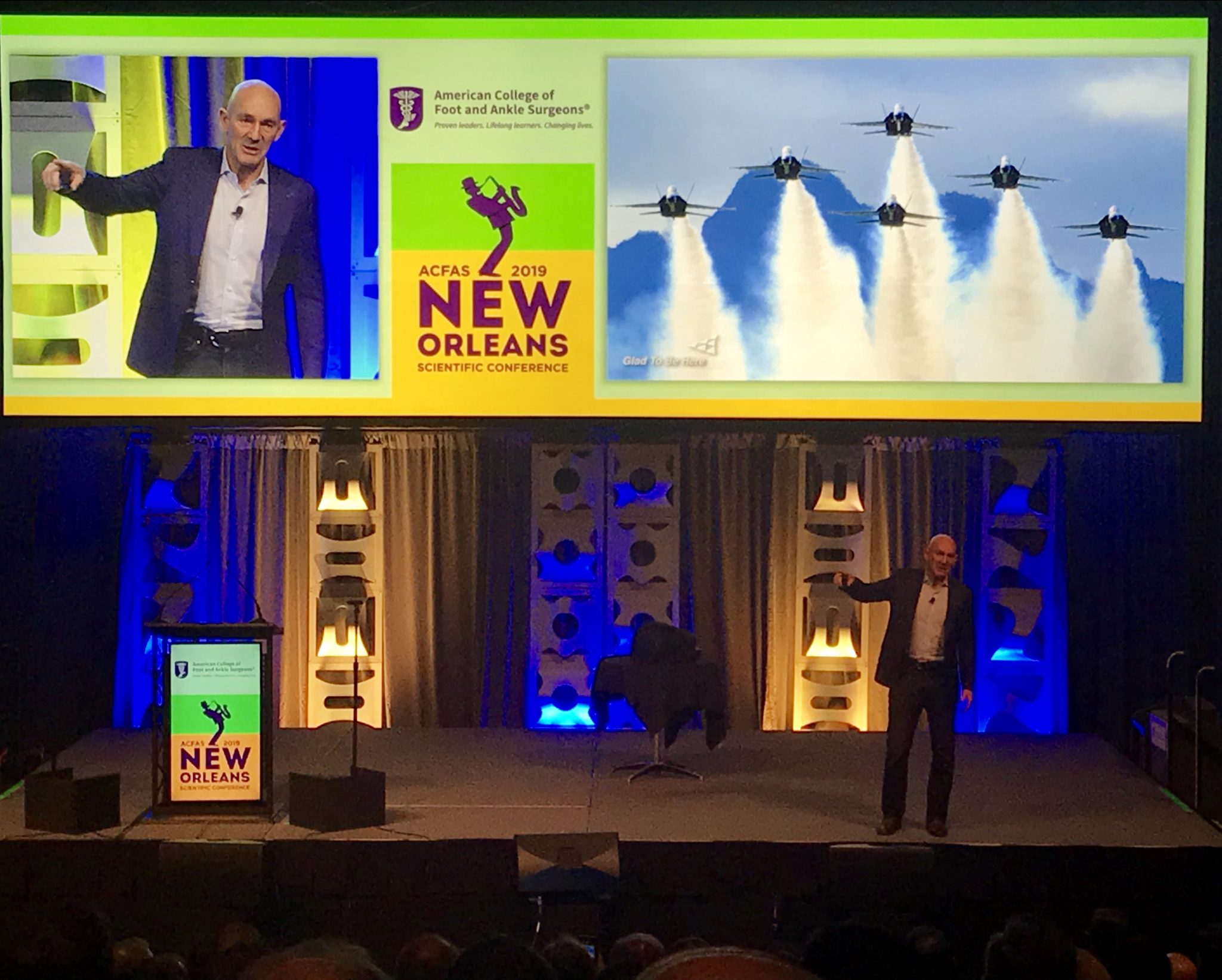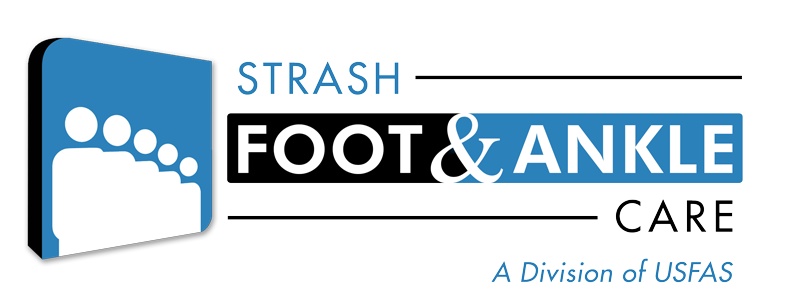
20 Feb Continuing Medical Education | A Practitioner’s Lifeblood
Last week I attended the American College of Foot and Ankle Surgeons (ACFAS) annual scientific conference in New Orleans, Louisiana and the tag line for this organization is “Proven leaders. Lifelong learners. Changing lives.” This got me thinking about the whole continuing medical education process and the words “lifelong learners.”
These words are spot on.
To become a surgeon (physician, nurse, health care provider) requires many years of education, but the learning does not stop once a person becomes licensed, board certified and practices. Learning continues by way of continuing medical education (CME).
CME is critical to the prosperity of all healthcare providers and prosperity is defined on many levels. It provides a practitioner with the means to discover viable ways to improve financially, mentally/emotionally (motivation, physician burn out, etc), and continue to give their patients optimal care. These issues are paramount to manage a career in the ever-changing landscape of the medical industry.
The requirements for CME vary from state to state and across medical disciplines, but they are important no matter the specialty or scope of practice in which the provider is engaged.
CME allows healthcare providers to:
- Refine and improve skills necessary to their area of expertise to improve patient care.
- Along with lectures and yes cadaver labs, there are medical equipment vendors displaying the latest surgical products and techniques available. New toys, especially those that work to enhance patient outcomes are always exciting and inspiring!
- Stay up to date with the latest medical and scientific developments within their specialty.
- Address and find solutions to real-world challenges.
- Gain professional growth, network and advance career status.
- Meet licensing/certification requirements.
- Develop and learn effective management skills (treatment protocol management, patient and staff management etc.).
- Earn membership in professional organizations.
It should be noted that in order for a CME program to be viable in meeting licensing and credentialing requirements, it must be accredited… so watching television or ‘googling’ does not cut the mustard. That said, to keep up with Dr. Google, it’s imperative to attend CME programs to familiarize yourself with the latest treatment trends and technologies.
At last week’s ACFAS meeting one of the best lectures was the very first talk given by a former Lead Pilot for the Blue Angels, John Foley (https://johnfoleyinc.com/). His motivational speech not only touched on how to make one’s practice team more productive but also inspired on a personal level. The tag line for the Blue Angels is “glad to be here” and his talk set the tone for the whole seminar and I’m certain prompted all in attendance to reach for new heights. CME inspiration, check the box!
As a medical practitioner it’s important to sort out career priorities and focus on educational opportunities that will benefit you and your patients most. CME provides that opportunity and is the lifeblood for a long and successful professional career. It’s one of the most important ingredients that has kept me going for nearly thirty years of medical practice.

